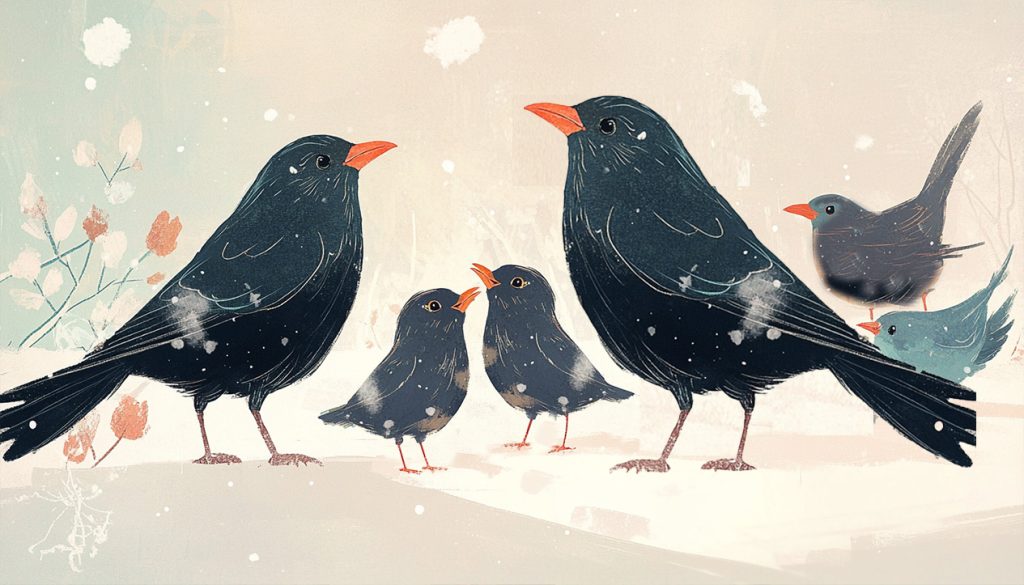
The Blackbird’s Days: Learning when Winter Ends and Spring Begins!
January is slipping away…
The month of January is coming to an end—it’s already on its last legs! Time flies, but the cold lingers! Even though February is just around the corner, we’re still in the heart of winter. The chill seeps into your bones, making you wonder if summer will ever come. The other day, I was on Zoom with a friend who lives in Italy. As we spoke, she was wrapped in a blanket but still shivering!
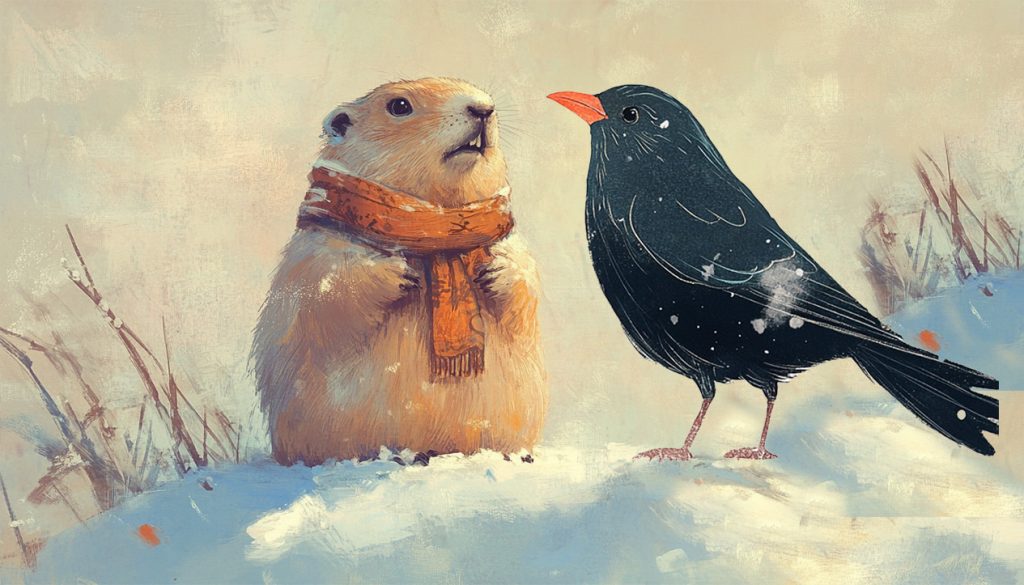
Blackbirds and Groundhogs—A Chilly Connection!
In Italy, the final days of January are known as “I Giorni della Merla”—the Blackbird’s Days. According to legend, these three days (January 29, 30, and 31) determine how the rest of winter will unfold. Sound familiar? It’s a bit like our Groundhog Day!
In the United States, on February 2nd, if the groundhog emerges and sees its shadow, it gets spooked and retreats underground, prolonging winter’s icy grip for several more weeks. If it doesn’t see its shadow, it stays above ground, signaling that spring is on its way. While one legend watches for shadows and the other watches the blackbirds, both traditions share a common goal—predicting when we can finally say goodbye to winter!
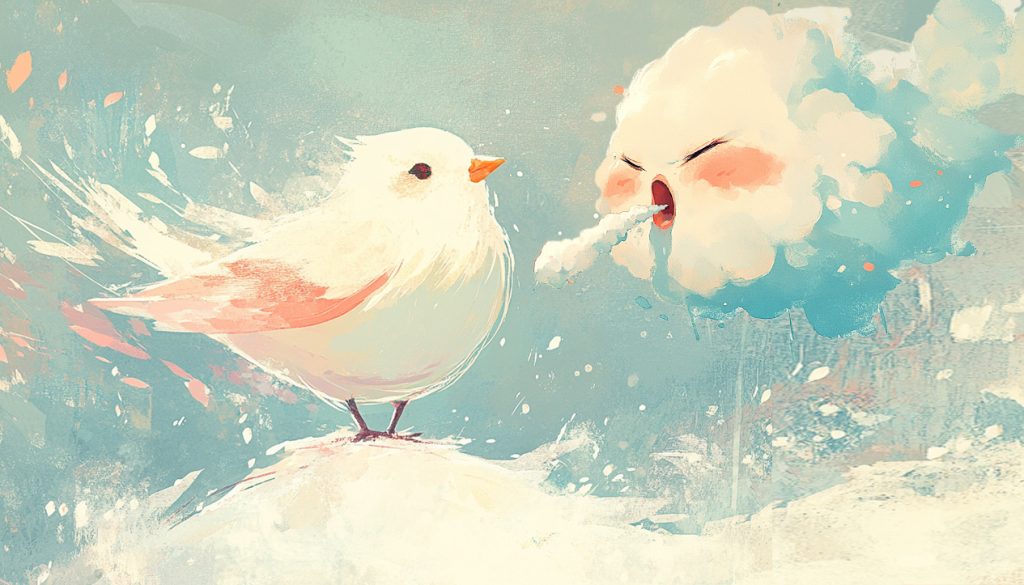
Here is the legend of the Blackbird…
Long ago, during an especially harsh winter, a beautiful bird with feathers as white as snow lived with her young little birds. January, cold and mischievous, took pleasure in tormenting her with biting winds, snow, and freezing temperatures. Every time the white bird left her nest in search of food, January unleashed blizzards, making survival even more difficult.
Tired of being at the mercy of his whims, the white-bird decided to outsmart him. As January was coming to an end, on the 28th, she gathered all the food she could find and took shelter with her chicks inside a chimney, safe from the bitter cold. She remained there for three days, waiting for the worst to pass.
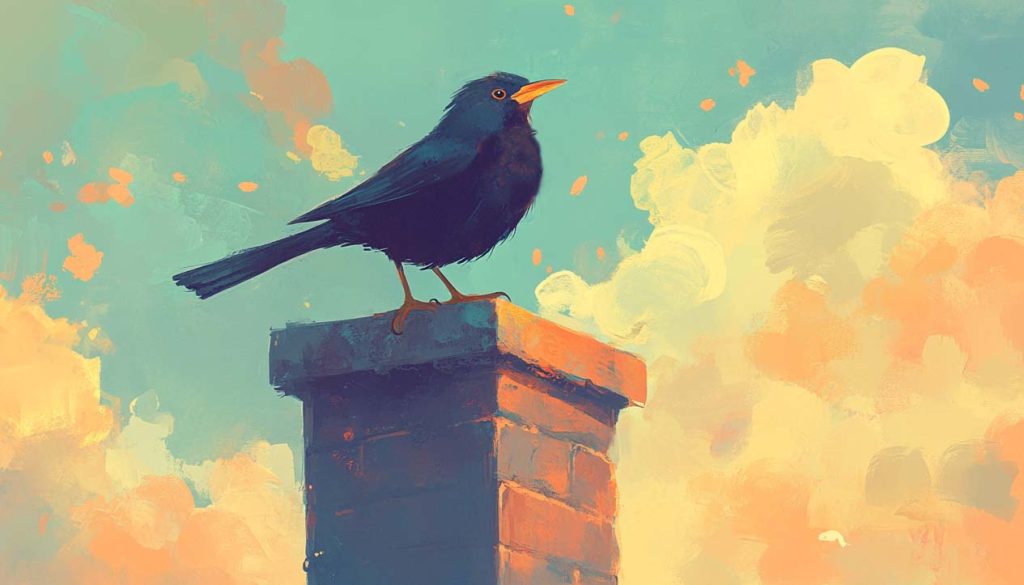
January, offended by the bird’s cleverness, borrowed three extra days from February and unleashed one last wave of freezing weather, hoping to force her out. But the white-bird, wise and patient, stayed hidden. Finally, on February 1st, she emerged from the chimney—but her feathers were no longer white. The soot had permanently blackened them.
From that day forward, legend has it that all white-feathered birds were forever transformed, their plumage darkened by the soot of the chimney. Since then, the last three days of January—January 29, 30, and 31—have been known as “I Giorni della Merla”, the Blackbird’s Days, said to be the coldest of the year. According to tradition, if these days are especially frigid, spring will arrive early; if they are mild, winter will stubbornly linger a little longer.
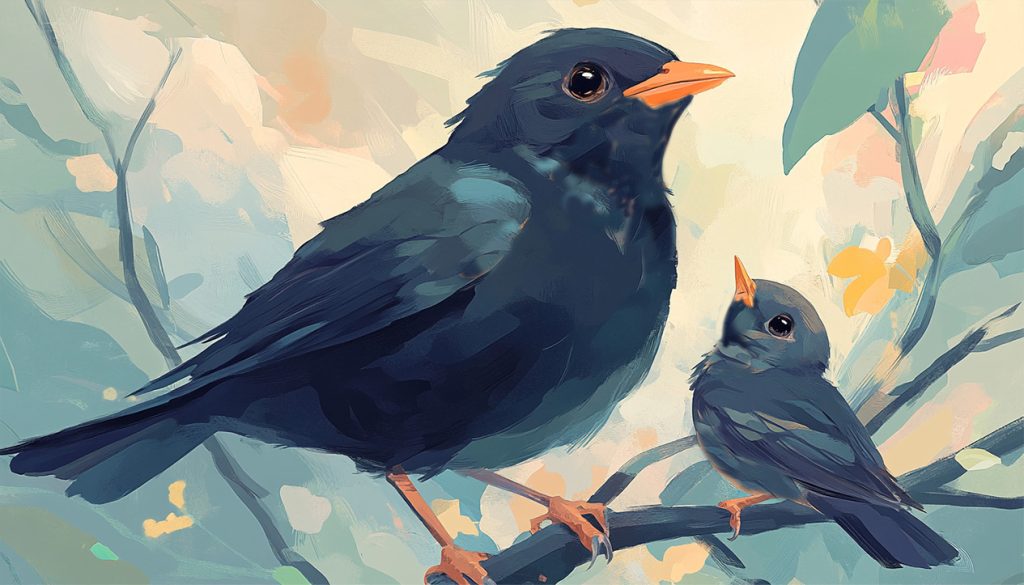
I’d like to know your opinion!
So, what do you think? Whether you trust the whimsical legends of groundhogs and blackbirds or prefer a more scientific approach—tracking atmospheric warming and climate patterns—what’s your prediction? Will spring make an early arrival, or will winter stubbornly hold on a little longer? Share your thoughts in the comments!






One Comment